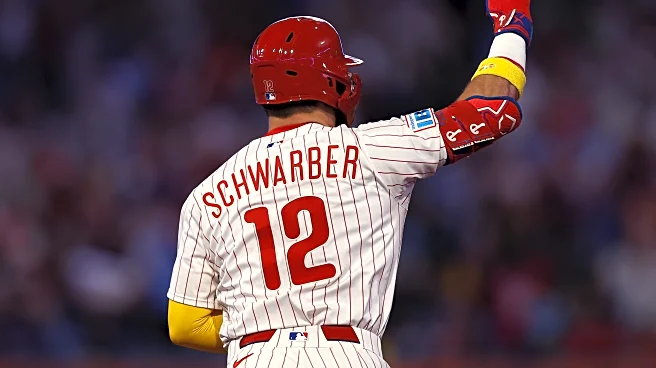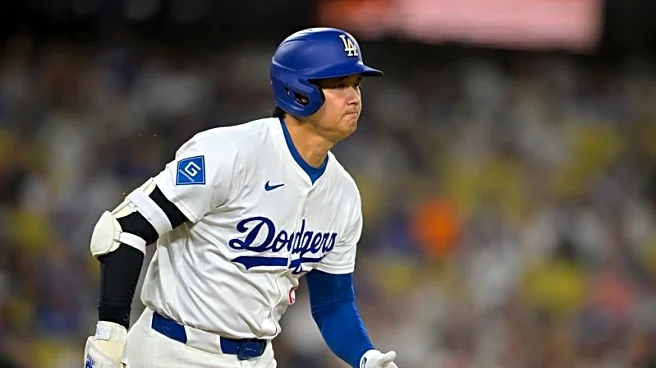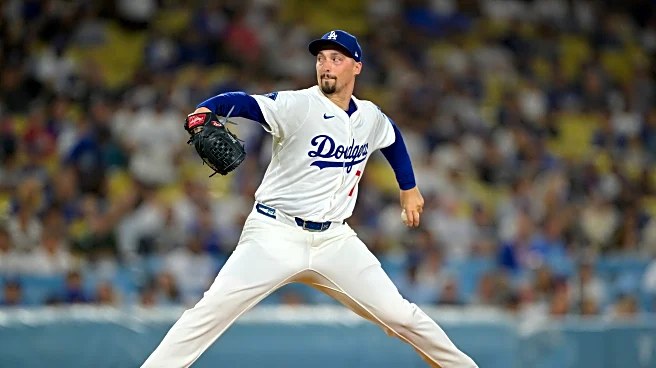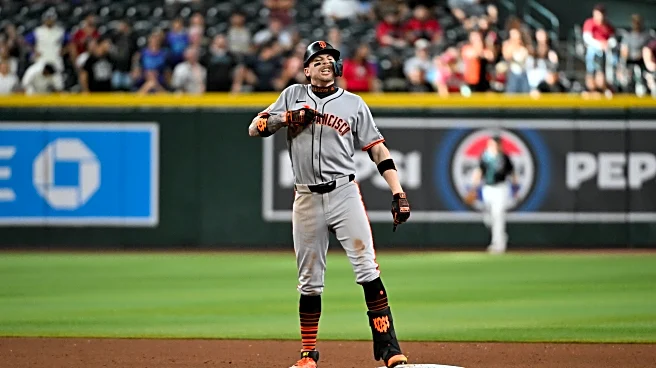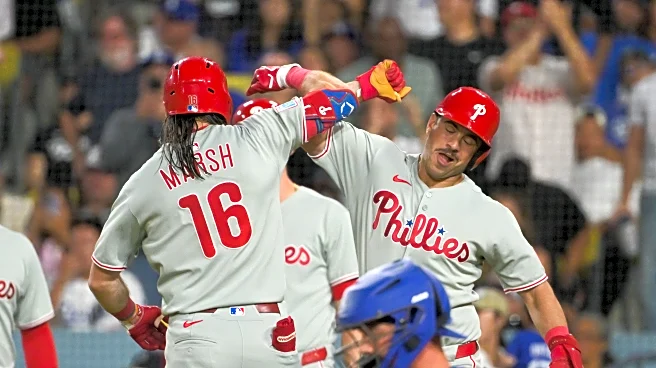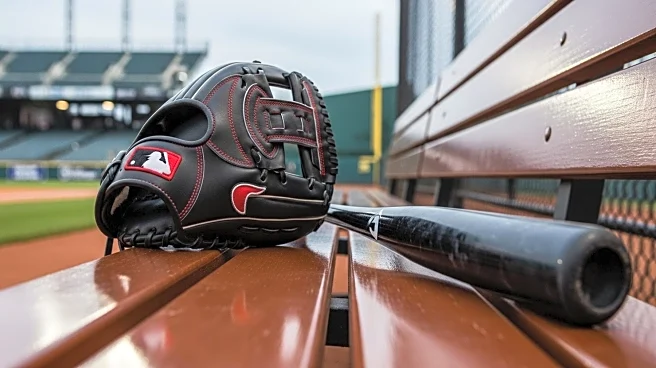What is the story about?
What's Happening?
The Los Angeles Dodgers are planning to use Shohei Ohtani as a starting pitcher in the upcoming playoffs, as confirmed by Andrew Friedman, the president of baseball operations. Despite this primary role, there are scenarios where Ohtani might also be utilized from the bullpen, particularly in late-game situations. This strategy mirrors past postseason tactics where pitchers like Walker Buehler and Clayton Kershaw were used in relief roles during crucial games. Ohtani, who has returned from Tommy John surgery, has been performing well with a 3.75 ERA and 49 strikeouts over 36 innings. However, his two-way status complicates bullpen appearances due to MLB rules that would remove him as a designated hitter once he exits the mound.
Why It's Important?
Ohtani's dual role as a pitcher and hitter presents unique strategic opportunities and challenges for the Dodgers. His ability to impact games both on the mound and at the plate makes him a valuable asset, especially in high-stakes playoff scenarios. The decision to potentially use him in relief could bolster the Dodgers' bullpen, which has struggled at times. However, the MLB's two-way rules could limit his effectiveness in this role, as the team would lose his batting capabilities once he pitches in relief. This situation highlights the need for strategic planning and could influence future rule changes regarding two-way players.
What's Next?
As the regular season winds down, the Dodgers will continue to evaluate Ohtani's role in the playoffs. His current pitching schedule aligns him to start in Game 1 of a potential wild card series. The team will assess the pros and cons of using him in relief, considering factors like his rest days and the performance of other starters. The Dodgers may advocate for changes to the two-way player rules in the offseason to better accommodate players like Ohtani.
Beyond the Headlines
The use of Ohtani in both pitching and hitting roles underscores the evolving nature of baseball strategy and the increasing importance of versatile players. It also raises questions about the adequacy of current MLB rules in supporting such players, potentially prompting discussions on rule adjustments to better integrate two-way talents.
AI Generated Content
Do you find this article useful?




